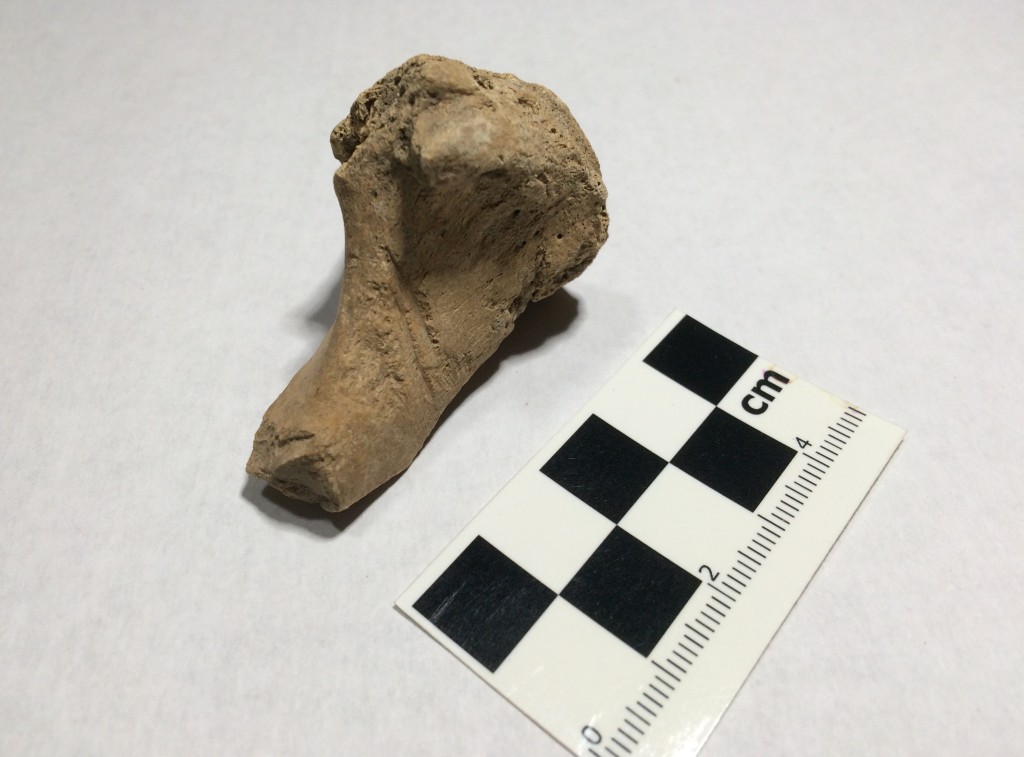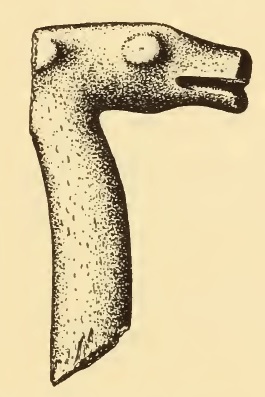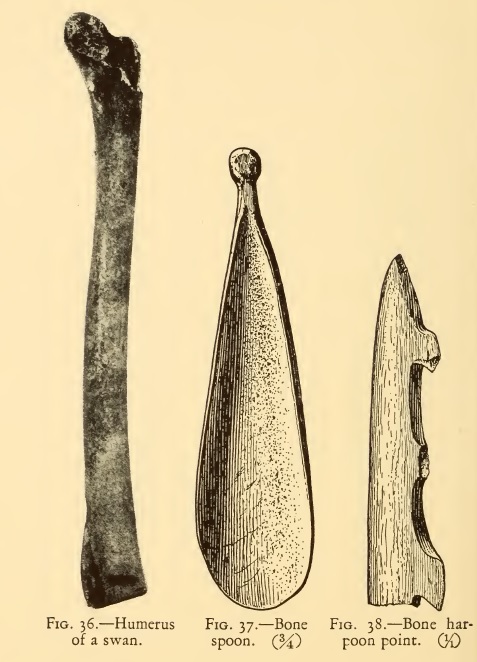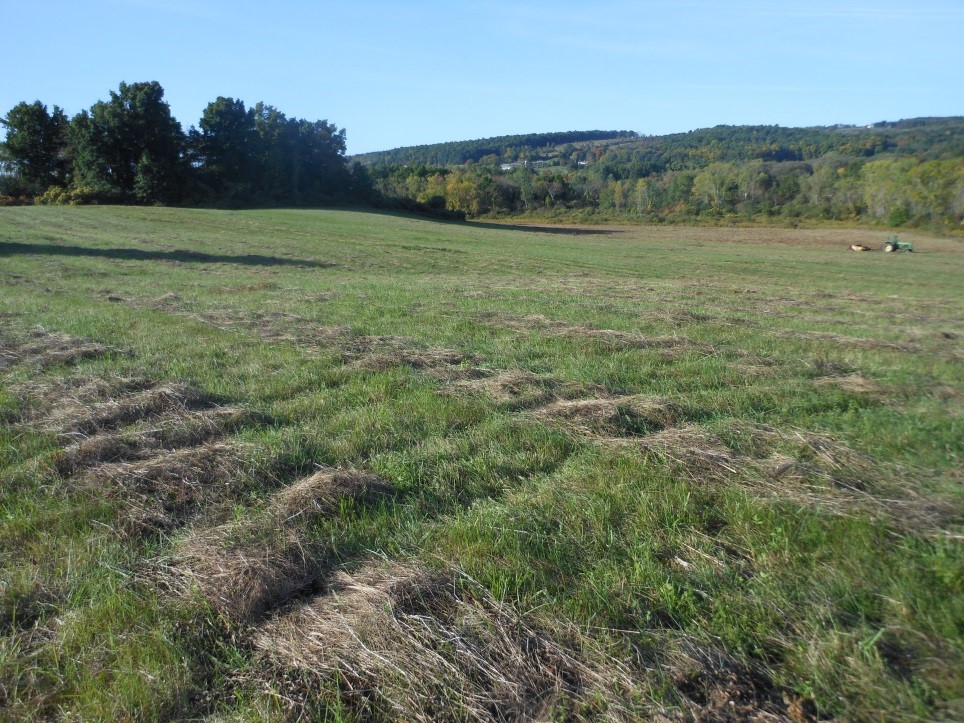Publisher Taylor & Francis is offering free access to all 2013 and 2014 articles from 17 Paleontology and Earth Science journals to celebrate both National Fossil Day and the Society of Vertebrate Paleontology and the Geological Society of America annual meetings. Articles will be available for free through the end of 2015.
The ten journals are:
Alcheringa
Australian Journal of Earth Sciences
Geodesy and Cartography
GFF (Geological Society of Sweden)
Geodinamica Acta
Geomatics, Natural Hazards and Risk
Grana
Historical Biology
Ichnos
International Geology Review
Journal of Earthquake Engineering
Journal of Systematic Palaeontology
Journal of Vertebrate Paleontology
Marine Georesources & Geotechnology
New Zealand Journal of Geology and Geophysics
Palynology
Rocks and Minerals
Access the journals here:








